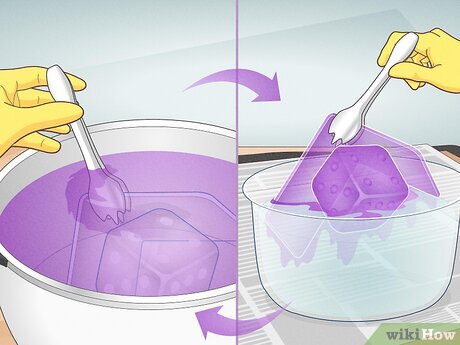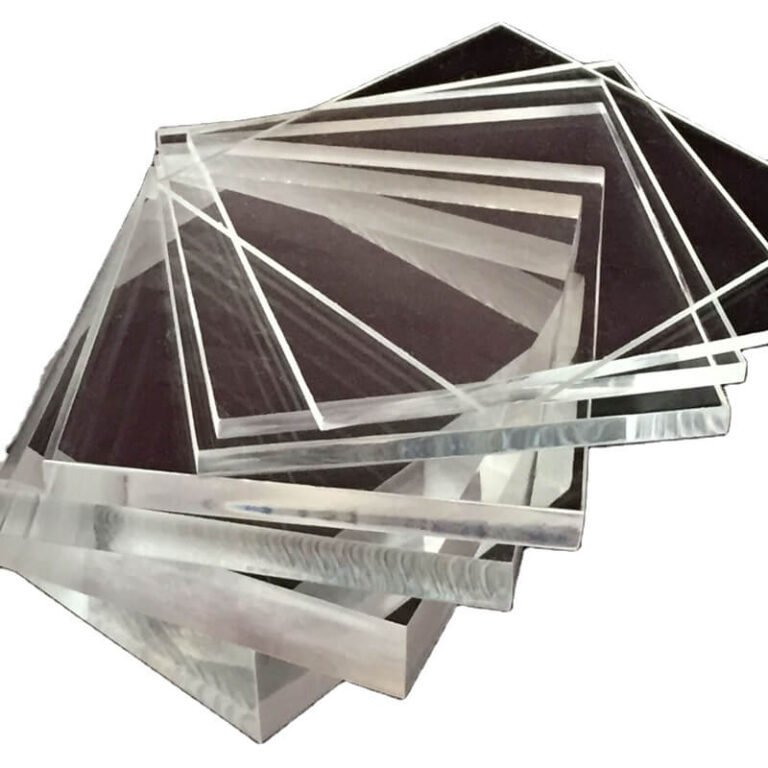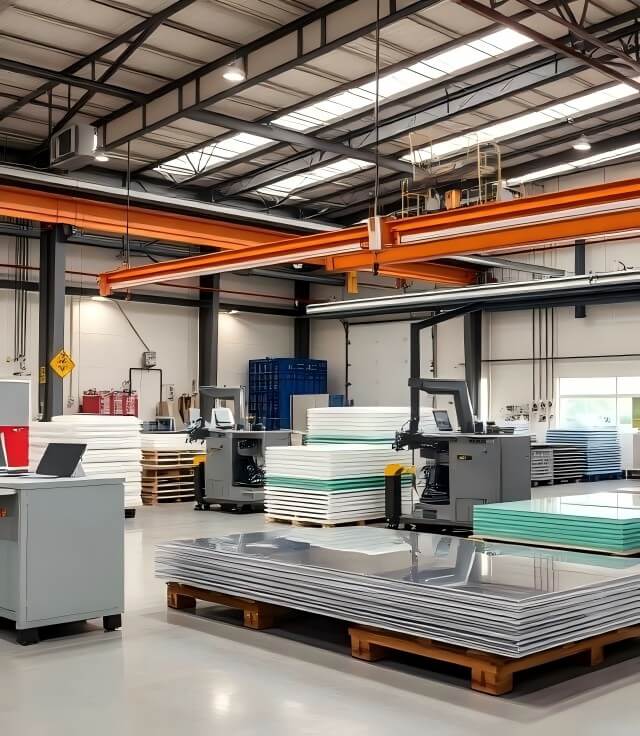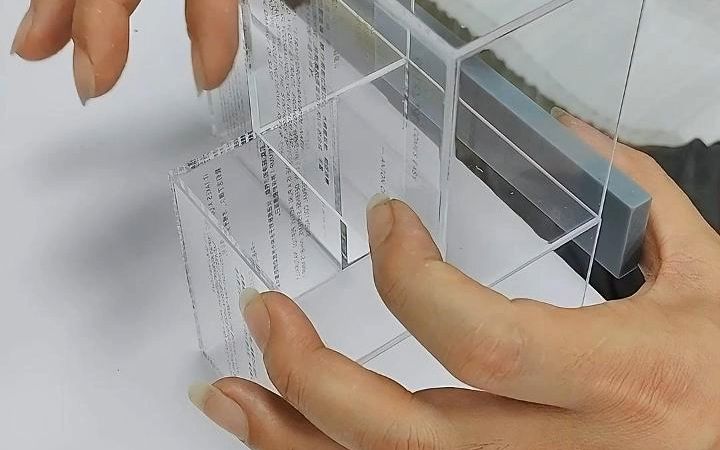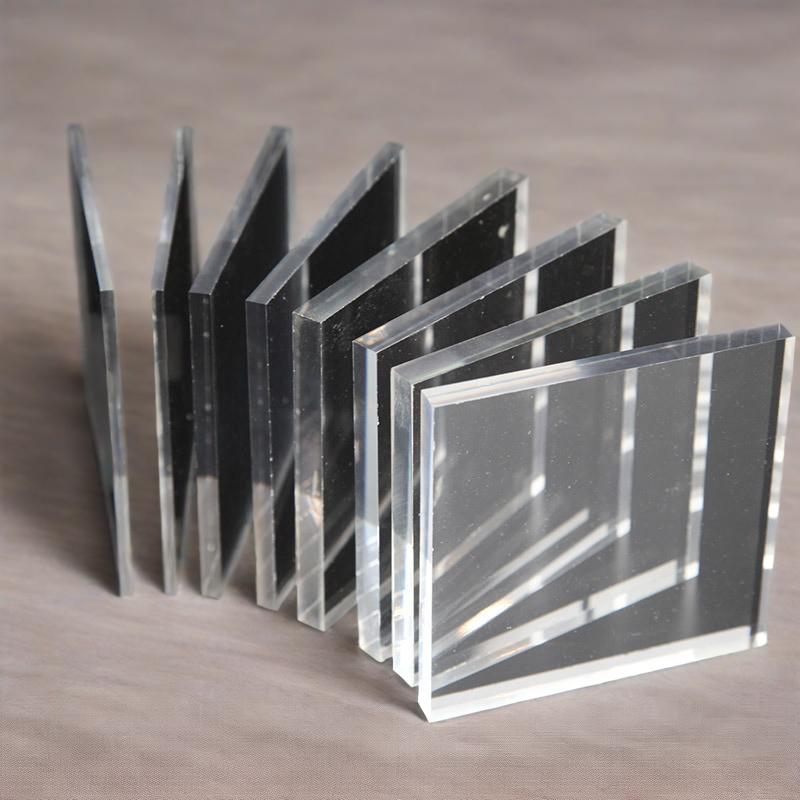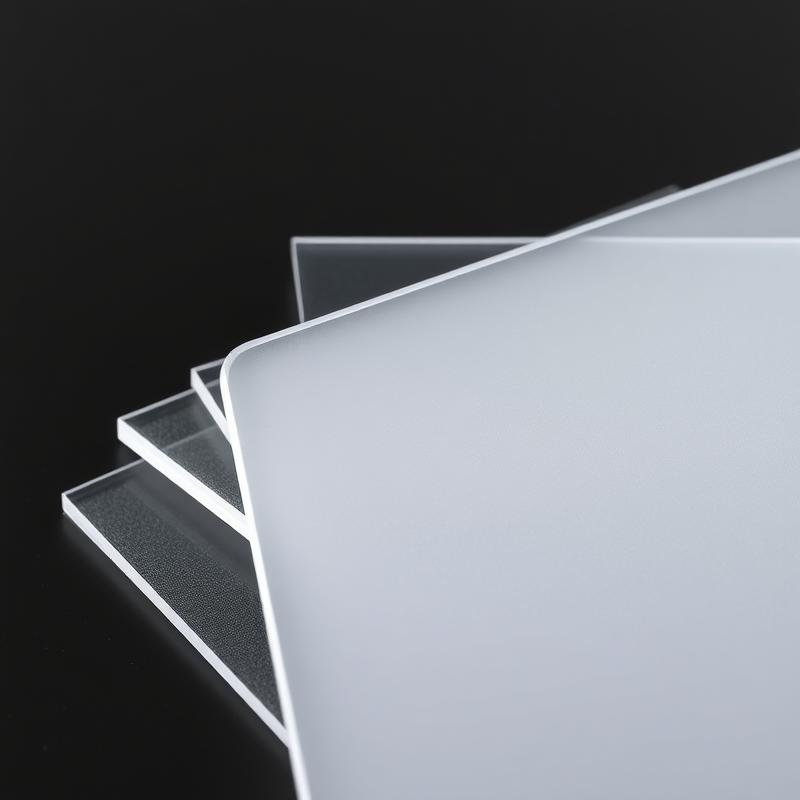-
Xinqi Development Zone, Leliu, Foshan, Guangdong
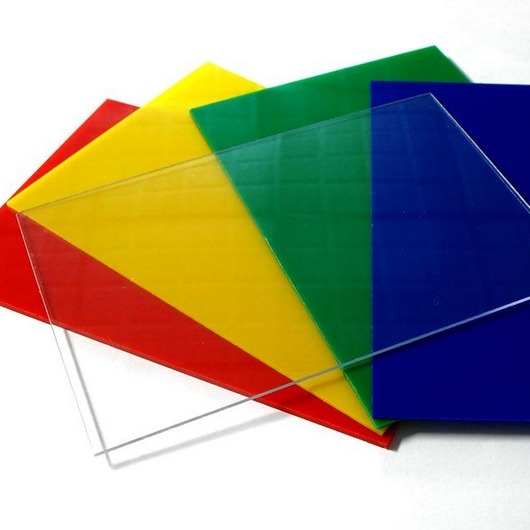
Colored Acrylic Sheets Benefits & Applications
Abstract:
In the era of design that pursues both aesthetics and functionality, colored acrylic sheet is setting off a silent revolution. This article deeply analyzes its superior aesthetics, super durability, green environmental protection potential, cross-industry adaptability, convenient installation and maintenance, and outstanding cost-effectiveness six core advantages. With rich colors, flexible processes and sustainable characteristics, this material is becoming the first choice for architects, designers and end users to break through the boundaries of creativity and redefine the possibilities of spatial aesthetics.
1. Visual Revolution: Aesthetic Engine That Never Fades
The core charm of colored acrylic sheet lies in its subversive visual expression. Unlike traditional dyeing processes, its color molecules are deeply integrated into the material itself, forming body coloring characteristics. This means that the color is not only uniform and full, but also has tens of times more weather resistance than ordinary coatings.
- Authoritative evidence: The Plastics Industry Association (Plastics Industry Association) pointed out that high-quality acrylic can maintain no obvious discoloration or loss of gloss in outdoor environments for 10-15 years, and its body coloring technology is the key barrier.
- Design value: From the amber gradient of Hermès’s window to the neon logo of Apple’s experience store, top brands use their rich color spectrum and semi-transparency to create a dynamic light and shadow space full of futuristic sense.
2. Strength reconstruction: Lightweight and high-toughness safety guard
Say goodbye to the heaviness and fragility of glass. Colored acrylic reconstructs material safety standards with 1/2 the weight of glass and up to 17 times the impact toughness.
- Data support: Tests by the British Building Research Institute BRE (BRE Group) show that 6mm acrylic sheets can withstand about 130J of impact energy without breaking, which is much higher than the critical value of ordinary glass.
- Scenario advantages: In safety-sensitive areas such as crash barriers in children’s hospitals and high-rise guardrails in shopping malls, its anti-shattering properties greatly reduce the risk of accidental injuries; its lightweight properties make large-scale art installations (such as Olafur Eliasson’s optical sculptures) light.
3. Green evolution: sustainable pioneer of recycling
Despite being derived from petroleum-based raw materials, the modern acrylic industry has built a complete green chain.
- Technological breakthroughs: Leading manufacturers such as LyondellBasell (LyondellBasell) have reduced the energy consumption per unit of acrylic production by 35% compared to ten years ago by optimizing the polymerization process.
- Circular practice: According to data from the European “Acrylic Recycling Program” (ARP), the performance of recycled acrylic after treatment is comparable to that of new materials, and the carbon footprint is reduced by more than 60%. At Milan Design Week, Mario Cucinella’s detachable pavilion built with recycled acrylic became a model of circular design.
4. Cross-border King: From the Architectural Skin to the Artistic Soul
The real magic of colored acrylic lies in its boundless penetration:
- Architecture: The atrium of the “Sailboat” of the V&A Museum in London uses a blue acrylic curved ceiling, which takes into account both lighting and structural beauty; the facade of the Dubai office building is inlaid with diamond-shaped acrylic modules, which interpret color variations with the sunlight.
- Artistic Innovation: In the “Mirror of the Sky” series, artist Anish Kapoor uses crimson acrylic panels to create an infinite depth of field illusion, and the optical purity of the material becomes the core language of the work.
5. Efficiency Revolution: The Minimalist Philosophy of Installation and Maintenance
Acrylic panels greatly optimize the construction process:
- Construction Comparison: It takes a team of 3 people 6 hours to install a 10㎡ glass curtain wall, while the same area of acrylic panels only takes 2 people 4 hours, and the efficiency is increased by 33% (data from the journal “Architectural Ergonomics”).
- Maintenance plan: Its non-porous surface allows hospital operating rooms to be disinfected with only medical alcohol, eliminating bacterial growth; when the counters in shopping malls are stained with lipstick marks, ordinary detergents can be wiped clean, and the maintenance cost is only 1/5 of that of natural stone.
6. Cost control: value winner in the entire life cycle
Beyond the initial price tag, acrylic shows amazing cost-effectiveness in the time dimension:
- Empirical analysis: A comparison of Singapore’s Marina Square shows that the total cost of using an acrylic sign system for 10 years (including replacement and cleaning) is 42% lower than that of a metal paint system and 68% lower than that of a solid wood carving system.
- Trend insights: According to the global building materials analysis agency Research and Markets, the penetration rate of acrylic in commercial spaces will reach 28% in 2025, and its “low cost and high premium” characteristics are the core driving force.
Conclusion:
Colored acrylic sheets have surpassed the traditional definition of decorative materials and evolved into a solution that integrates visual revolution, safety protection, green responsibility, cross-border possibilities, efficiency philosophy and long-term value. When global designers use recycled acrylic to build the future at Milan Design Week, when hospitals use antibacterial acrylic to protect lives, and when art galleries use its optical magic to shock the soul – what we witness is not only the victory of a material, but also the rise of a new design paradigm: Within the framework of sustainability, aesthetics and function do not need to be compromised, and innovation and practicality can coexist. Choosing colored acrylic is choosing the resonance with future design.

